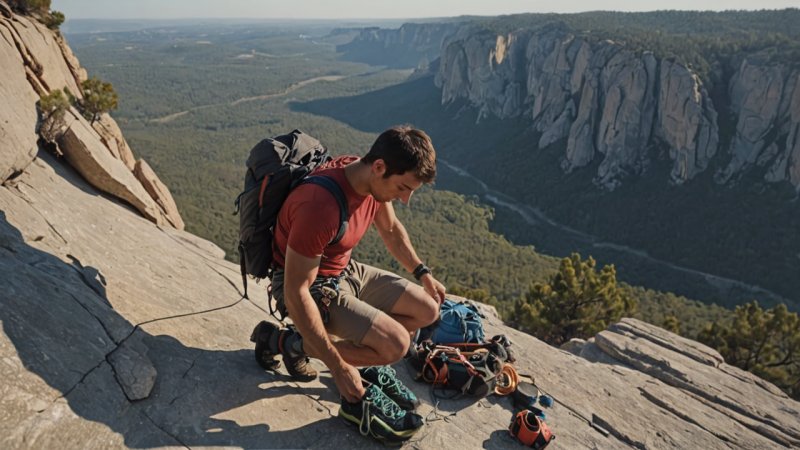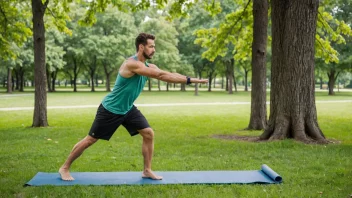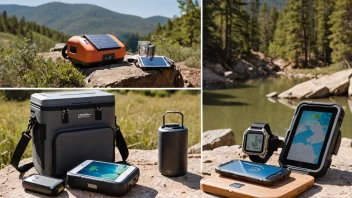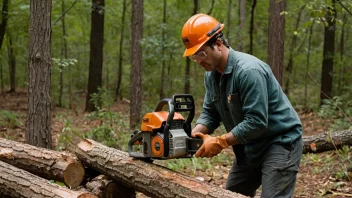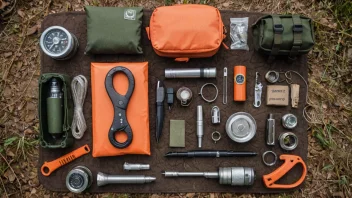Rock climbing is not just an exhilarating sport; it's a lifestyle that requires careful consideration of the gear you use. The right equipment can make a significant difference in your climbing experience, whether you are a seasoned climber or a beginner. As you prepare for your next adventure, understanding the essentials of rock climbing gear can help you choose wisely and ensure your safety and enjoyment. Here are five key factors to consider when selecting outdoor gear for rock climbing.
1. Type of Climbing
Before you can choose your gear, you need to determine what type of climbing you'll be doing. The gear for bouldering differs from trad climbing or sport climbing. Each style has its specific requirements:
- Bouldering: Requires climbing shoes, chalk, and crash pads.
- Sport Climbing: Involves harnesses, ropes, quickdraws, and climbing shoes.
- Trad Climbing: Necessitates a full rack of protection gear (cams, nuts), a harness, ropes, and climbing shoes.
Understanding the type of climbing will help you narrow down your gear choices.
2. Safety Equipment
Safety should always be your top priority. Invest in high-quality safety gear that meets industry standards. Essential safety equipment includes:
- Climbing Harness: Choose one that fits snugly and comfortably, allowing for movement while providing maximum safety.
- Climbing Rope: A dynamic rope is crucial for absorbing the impact of falls. Look for a rope with a suitable diameter and length for your climbing style.
- Carabiners: Select locking carabiners for belaying and non-locking ones for quickdraws.
Regularly inspect your safety gear for wear and tear, and replace items as needed.
3. Footwear Matters
Your choice of climbing shoes can greatly affect your performance. The right shoes will provide traction, support, and sensitivity. Here are some options to consider:
- Neutral Shoes: Great for beginners, offering comfort for all-day wear.
- Moderate Shoes: A good balance between comfort and performance, ideal for all-around climbing.
- Aggressive Shoes: Best for advanced climbers, providing maximum precision and power for steep climbs.
Make sure to try on different styles and sizes to find the perfect fit for your feet.
4. Climbing Packs and Gear Storage
Having a reliable pack to carry your gear can enhance your climbing experience. A good climbing pack should be durable, comfortable, and spacious enough to hold all your essentials. Consider these features:
- Capacity: Choose a pack size based on your climbing duration—day packs for short climbs and larger packs for multi-day trips.
- Pockets: Look for packs with multiple compartments for organized storage.
- Comfort: Opt for padded shoulder straps and a breathable back panel to carry heavy loads comfortably.
Additionally, keep your gear organized at home using storage solutions like gear bins or wall-mounted racks.
5. Additional Accessories
While the main gear is crucial, don't overlook the importance of accessories that can enhance your climbing experience:
- Chalk Bag: Essential for keeping your hands dry, choose one that fits comfortably on your harness.
- Helmet: Protect your head from falling debris, especially during outdoor climbing.
- Belay Device: A must-have for managing rope when belaying your partner.
These accessories may seem small, but they can significantly impact your safety and performance on the rock.
In conclusion, choosing the right outdoor gear for rock climbing involves understanding your climbing style, prioritizing safety, selecting appropriate footwear, investing in a reliable pack, and considering essential accessories. By taking the time to research and select gear that meets your specific climbing needs, you can enhance your climbing experience and enjoy the sport to its fullest. Always prioritize quality and fit, and remember that the best gear is the one that provides you with confidence and comfort as you conquer new heights.
